Do You Need A Permit To Build An ADU In Toronto?
In Toronto, you need a building permit to construct an accessory dwelling unit (ADU), whether it is a detached garden suite, a secondary suite within your primary residence, or a laneway house. The permitting process ensures your project complies with zoning bylaws and the Ontario Building Code, covering fire safety, structural integrity, and proper servicing. Without a permit, you risk fines, stop-work orders, and significant issues when selling your property.
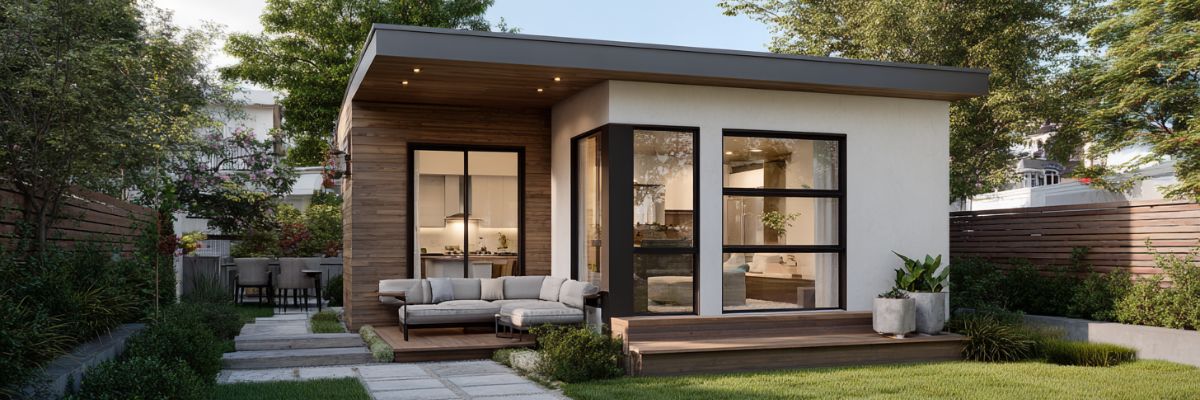
What Is an Accessory Dwelling Unit?
An accessory dwelling unit is a self-contained residential unit on the same property as your primary home. ADUs can take several forms:
- Garden Suite - A small, detached unit built in the backyard of a residential lot
- Secondary Suite - A separate unit within your main house, often in the basement
- Laneway House - A detached unit built on a lot that has access to a public laneway
Each type of ADU has its own zoning and building code requirements, but all require permits before construction begins.
Why a Permit Is Required
The City of Toronto requires building permits for all ADUs to ensure:
- Zoning compliance - Confirms the location, size, and setbacks are permitted
- Fire safety - Includes proper fire separation, smoke and CO detectors, and safe exits
- Structural integrity - Ensures the building is safe and stable
- Proper servicing - Verifies correct plumbing, electrical, and ventilation systems
A building permit also ensures the ADU meets local parking requirements and, in some cases, is registered with the city after final inspection.
Key Steps in the ADU Permit Process
Step 1 - Confirm Zoning Compliance
Before designing your ADU, confirm that your property’s zoning allows for the unit you plan to build. Zoning rules define:
- Maximum allowable size (often 807 sq ft for garden suites without special permissions)
- Required setbacks from property lines and other buildings
- Parking requirements for the main home and the ADU
- Height restrictions and lot coverage limits
If your design does not meet zoning requirements, you may need to apply for a minor variance through the Committee of Adjustment.
Step 2 - Prepare Detailed Plans and Documentation
You will need professional drawings and specifications prepared by a licensed architect or designer. These should include:
- Site plan showing the location of the ADU and all setbacks
- Floor plans, elevations, and cross-sections
- Structural details
- Plumbing, electrical, and HVAC layouts
- Fire separation and egress plans for secondary suites
For detached units, you may also need utility connection plans and grading/drainage drawings.
Step 3 - Submit a Building Permit Application
Your completed application is submitted to Toronto Building along with all supporting documents. The application package generally includes:
- Completed building permit application form
- Architectural and engineering drawings
- Energy efficiency reports if applicable
- Property survey or site plan
- Any required zoning or committee approvals
Step 4 - Pay Permit Fees
Permit fees vary depending on the scope and size of your project. Below is a general guide:
Step 5 - Undergo City Review
Toronto Building will review your application to ensure it meets the Ontario Building Code and zoning bylaws. This may involve back-and-forth communication to clarify details or make adjustments before approval.
Step 6 - Schedule Inspections
Once your permit is approved and construction begins, the City will require multiple inspections to ensure compliance at key stages. Common inspection points include:
- Foundation and framing
- Plumbing rough-ins and final installation
- Electrical (through the Electrical Safety Authority)
- Fire separation walls and ceilings
- Ventilation and HVAC
- Final occupancy inspection
Your ADU cannot be legally occupied until all inspections are passed and the city grants final approval.
Special Requirements for Detached ADUs
Detached units, such as garden suites and laneway houses, may have additional requirements beyond those for interior secondary suites:
- Separate utility connections for water, sewer, and electricity
- Parking provisions to comply with local bylaws
- Lot coverage limits to prevent overbuilding
- Maximum size restrictions, typically 807 sq ft unless a variance is approved
- Privacy considerations to reduce impacts on neighbouring properties
Registration of the ADU
In some cases, especially for rental units, the ADU must be registered with the City after final inspection. Registration helps ensure ongoing compliance with safety and property standards.
Risks of Skipping the Permit
Building an ADU without the required permits can lead to serious problems:
- Stop-work orders halting your project
- Significant fines
- Costs to redo non-compliant work
- Difficulty selling the property due to unapproved construction
- Potential insurance coverage issues if damage occurs
Tips for a Smooth Permit Process
- Hire a qualified professional - An architect, designer, or contractor experienced with ADUs can streamline the process
- Confirm zoning early - Avoid costly redesigns by ensuring your concept is compliant from the start
- Submit a complete application - Missing documents can delay approval
- Plan for inspections - Build them into your project schedule to avoid hold-ups
Frequently Asked Questions
How long does it take to get an ADU permit in Toronto?
Approval timelines vary, but a straightforward application for a compliant design can take 6 - 10 weeks. If zoning variances are needed, expect longer.
Can I build an ADU on any residential property in Toronto?
Not all properties are eligible. Zoning, lot size, and location determine if an ADU is permitted.
Are there incentives for building an ADU?
In some cases, government programs offer financing or grants for adding rental units, but eligibility requirements apply.
Do I need a separate address for my ADU?
Some detached units may receive a separate municipal address, especially if used as a rental.
Final Thoughts
If you plan to build a secondary suite, garden suite, or laneway house in Toronto, you must obtain a building permit before starting construction. The permit process ensures your ADU meets safety, zoning, and servicing requirements, protecting you legally and financially. For the best results, work with an experienced contractor or design professional who understands Toronto’s specific ADU rules and can guide you from concept through to final approval.
Toronto General Contractors specializes in designing and building ADUs that comply with all City of Toronto and Ontario Building Code requirements. From initial zoning checks and detailed drawings to permit applications and construction, our team manages every step so you can focus on bringing your vision to life. Contact us today to schedule a consultation and start your project with confidence.


.jpg)
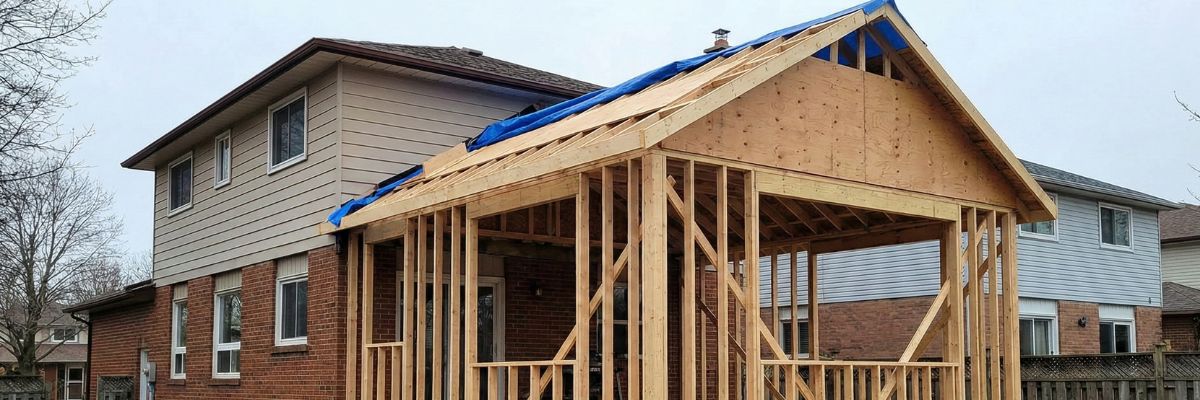
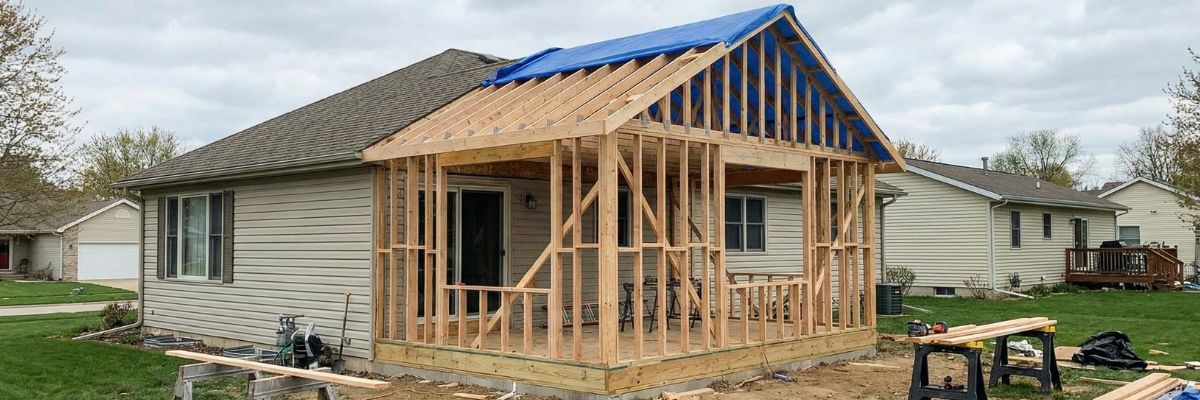

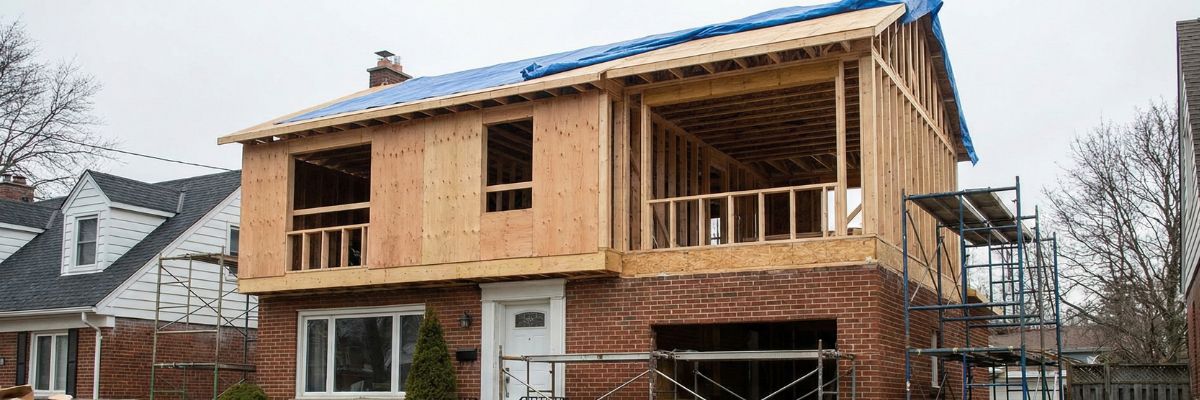

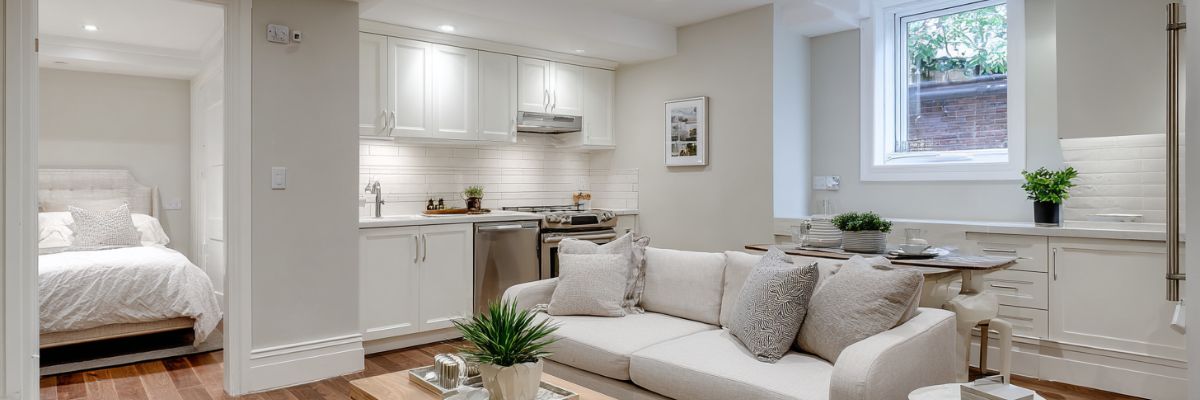

.jpg)
